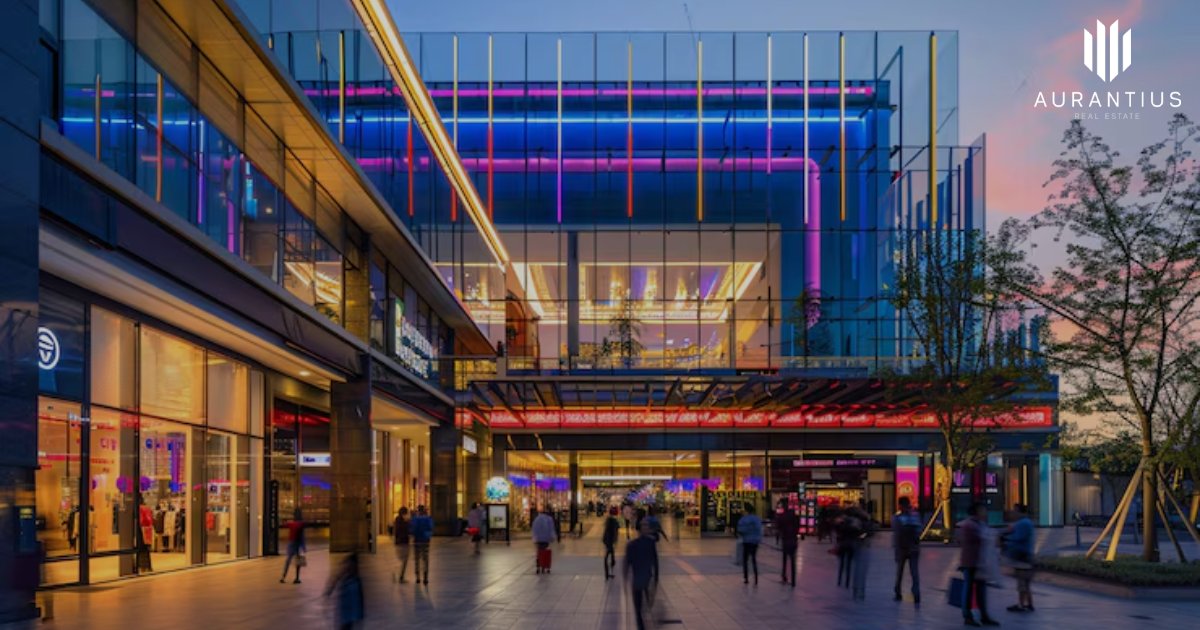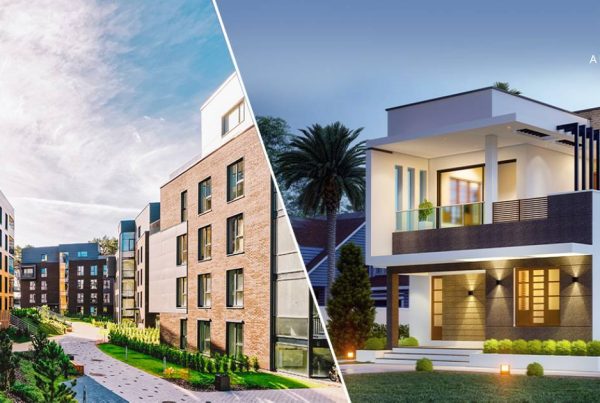Dubai Warehouse and Retail Property Markets Show Contrasting Trends in H1 2025
Dubai commercial property landscape in the first half of 2025 revealed a clear divergence between two critical sectors — warehousing and retail. According to Cavendish Maxwell’s Dubai Retail and Warehouse Market Performance Report, the city’s warehouse segment surged ahead on the back of e-commerce expansion and trade resilience, while retail showed a more nuanced performance, balancing strong ready property demand with declining off-plan activity.
Warehousing Sector: Record Growth Driven by Logistics Demand
The warehousing market registered an impressive 8,600 rental transactions in H1 2025 — a nearly 60% year-on-year increase and 28% higher than the second half of 2024. This rapid growth underscores Dubai’s rising status as a leading logistics and distribution hub for the wider Middle East, Africa, and South Asia (MEASA) region.
Average warehouse rents climbed by 14% annually, led by Jebel Ali with a standout 20% increase. Other high-performing industrial zones included Ras Al Khor (17.3%), Umm Ramool (16.6%), Dubai Investments Park (15.6%), and Dubai Industrial City (14%). These figures reflect growing competition among tenants for prime logistics assets, particularly those near Dubai’s major transport corridors, ports, and airports.
Vidhi Shah, Director and Head of Commercial Valuation at Cavendish Maxwell, noted that the “exponential” growth in warehousing demand is largely due to the boom in e-commerce and Dubai’s global connectivity. She added that “quality warehouses in strategic locations recorded the best rental performance, with occupancy rates near full capacity.” As a result, some occupiers are now expanding into neighbouring emirates when pricing or availability in Dubai becomes restrictive.
Retail Sector: Ready Properties Shine Amid Mixed Market Conditions
In contrast, Dubai’s retail market experienced a more complex half-year. While it recorded around 500 sales transactions worth AED 1.4 billion, both volume and value declined 17.3% and 1.8% year-on-year, respectively. The primary reason was a slowdown in off-plan retail activity amid tightening developer pipelines and cautious investor sentiment.
However, the ready retail segment bucked the trend with a robust performance — transaction volumes rose 13.2% and values surged 40.1% compared to H1 2024. This suggests that investors are increasingly seeking income-producing retail assets with established footfall and stable yields rather than speculative projects.
Leasing activity also offered a mixed picture. Although rental contracts increased compared to H2 2024, they were down year-on-year. Renewal transactions grew nearly 38% from the previous half, as many tenants preferred to extend leases instead of relocating due to limited supply and rent escalation pressures. Overall, citywide retail rents rose 8.3% year-on-year, with prime malls retaining premium rates while secondary districts saw more negotiation flexibility.
Prime Malls Maintain Near-Full Occupancy
Major developers Emaar and Majid Al Futtaim continued to dominate the retail landscape, maintaining an impressive 98% occupancy rate across their mall portfolios during the first half of 2025. New retail destinations such as Nad Al Sheba Mall have added fresh supply, while upcoming openings like Damac Mall are expected to further diversify shopping experiences in the latter half of the year.
Interestingly, low-density lifestyle destinations like Alserkal Avenue, Al Marmoom, and Al Khawaneej are reshaping the city’s retail dynamic. These spaces are less about volume and more about experience — blending art, culture, and community engagement to attract footfall from across the city. As Siraj Ahmed, Director of Strategy and Consulting at Cavendish Maxwell, explains: “The next retail advantage lies in creating reasons for people to cross the city — not just serving local catchments.”
Outlook: Demand Supported by Tourism and Population Growth
Despite the mixed performance, both the warehouse and retail markets are expected to remain strong through the end of 2025. Continued population growth, rising tourist arrivals, and the expansion of international retail brands will sustain overall demand. The warehousing segment, in particular, is projected to experience ongoing rent appreciation driven by limited supply and Dubai’s deep integration into global trade routes.
For investors and developers, the takeaway is clear — logistics and ready retail assets remain the city’s most resilient opportunities. As Dubai cements its reputation as a global trade and lifestyle hub, these sectors will continue to anchor the emirate’s economic diversification strategy and long-term growth momentum.











